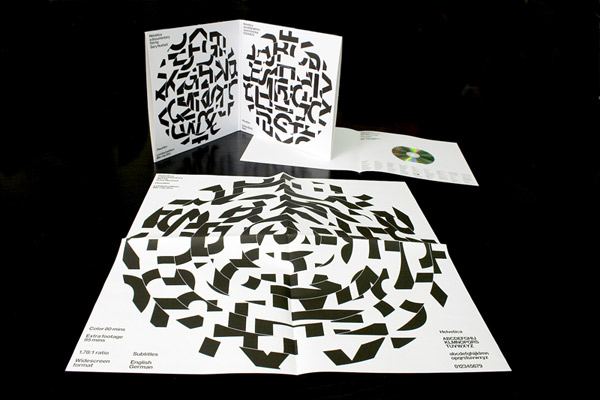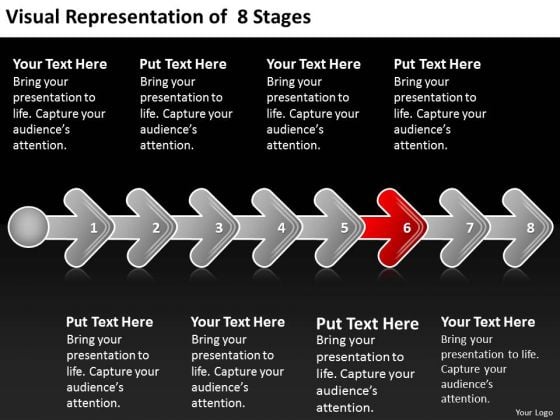How to Write Half Equations: 7 Steps (with Pictures) - wikiHow.
A half-equation is balanced by adding, or taking away, a number of electrons equal to the total number of charges on the ions in the equation. When positive metal ions (cations) arrive at the negative electrode (the cathode), they gain electrons to form neutral metal atoms. This is called reduction.
Writing a balanced half-equation for an oxidation reaction or a reduction reaction is a 3 step process: Write a skeletal equation for the oxidation or reduction equation based on the information provided. Balance the number of atoms of each element present. (refer to balancing chemical equations).

A balanced equation models a chemical reaction using the formulae of the reactants and products. It shows the number of units of each substance involved. Balancing an equation. If you just write.

Balancing Redox Reactions: Redox equations are often so complex that fiddling with coefficients to balance chemical equations. Use this online half reaction method calculator to balance the redox reaction. Balance the unbalanced redox reaction without any complications by using this online balancing redox reactions calculator.

Write a half-equation for the oxidation and reduction reaction, balancing charges with electrons; Example. We can use another metal displacement reaction to illustrate how ionic half-equations are written. Magnesium is a more reactive metal than lead, so will displace lead from its compounds. In this example, magnesium is added to a solution of.

Half-reaction equations are useful for balancing redox reaction equations. Balancing Redox Reactions with Half Reactions A redox reaction can take place even when the reactants are well separated in space, as long as the flow of electrons and ions are facilitated by electrical connections (salt bridge and wire).
Chemistry - how to write balanced ionic equations, Molecular, Complete Ionic, and Net Ionic Equations, examples and step by step solutions, How to write ionic and net ionic equations, How to write a double replacement net ionic equation, what are spectator ions, precipitation reaction, single displacement reaction.

Balancing Redox Reactions. Balancing redox reactions is slightly more complex than balancing standard reactions, but still follows a relatively simple set of rules. One major difference is the necessity to know the half-reactions of the involved reactants; a half-reaction table is very useful for this.

So this is our reduction half reaction. So that's step one. Write the different half reactions. Step two. Balance the atoms other than oxygen and hydrogen. And so, if you look at our first half reaction, we have one chlorine on the left and two chlorines on the right. So we need to balance it by putting a 2 over here on the left like that.

BALANCING REDOX REACTIONS. by oxidation number change method.. Write down the unbalanced equation ('skeleton equation') of the chemical reaction. All reactants and products must be known. For a better result write the reaction in ionic form.. Balance the atoms in each half reaction.

Writing ionic half equations Watch. Announcements. Write two ionic half equations that can also be used to represent this extraction (3 marks) For my answers I attempted to write them so that they balanced with the equation given in the question.. and a further mark for balancing.

The most common method of balancing redox reactions is the ion-electron method (which can also be called the half-reaction method) There are many steps in balancing a redox reaction, and all must be done in the correct order to give a correctly balanced redox reaction.

Sodium chloride must be heated until it is molten before it will conduct electricity. Electrolysis separates the molten ionic compound into its elements. What is a Half Equation? The reactions at each electrode are called half equations. The half equations are written so that the same number of electrons occur in each equation.



